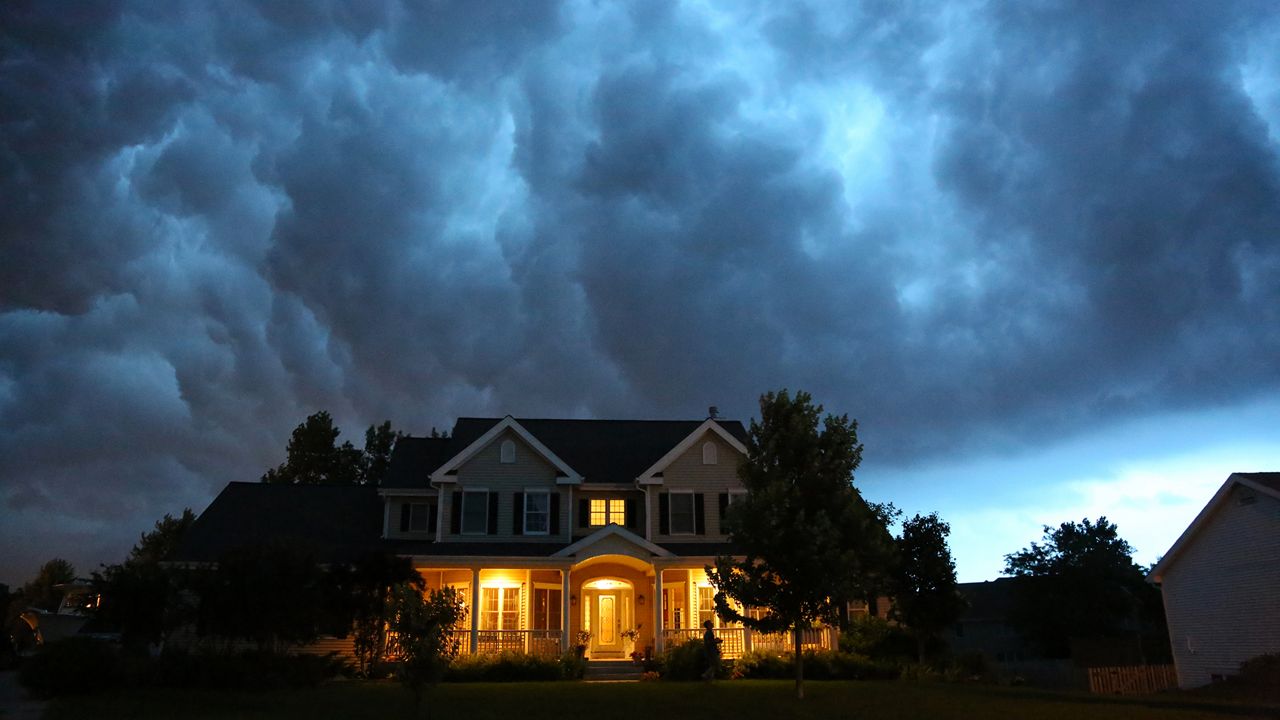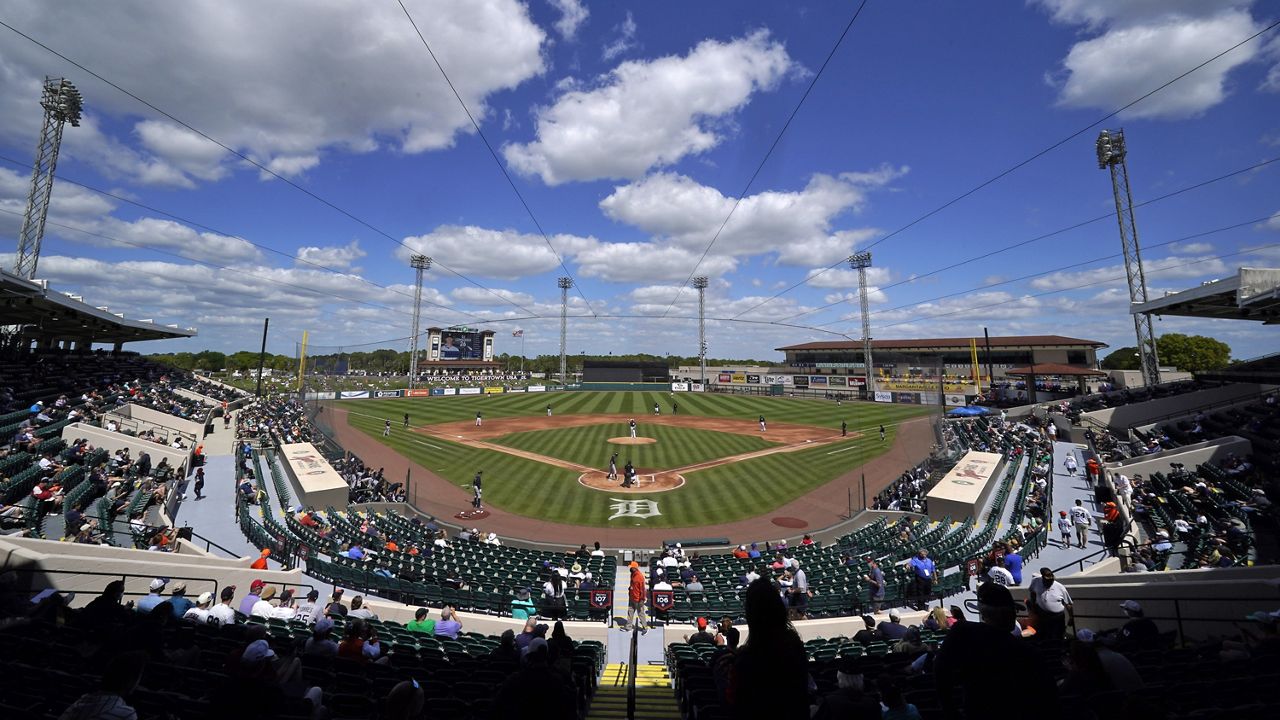A lot of us hate different types of weather. Someone from the south may hate the cold, while someone from up north might hate the heat and humidity. Those feelings are valid, but there is a difference between disliking the weather and having a genuine fear of it.
Weather phobias may not be common, but they’re real. People who experience these phobias can have debilitating anxiety and stress depending on what Mother Nature is throwing their way. And like other phobias, symptoms can include dizziness, nausea, shortness of breath and more.
Ombrophobia (Fear of rain)
Most can probably agree that rain can be a nuisance if you’ve got outdoor plans or you’re trying to go out and run some errands and want to stay dry. For an ombrophobe, rain can cause significant stress or anxiety.
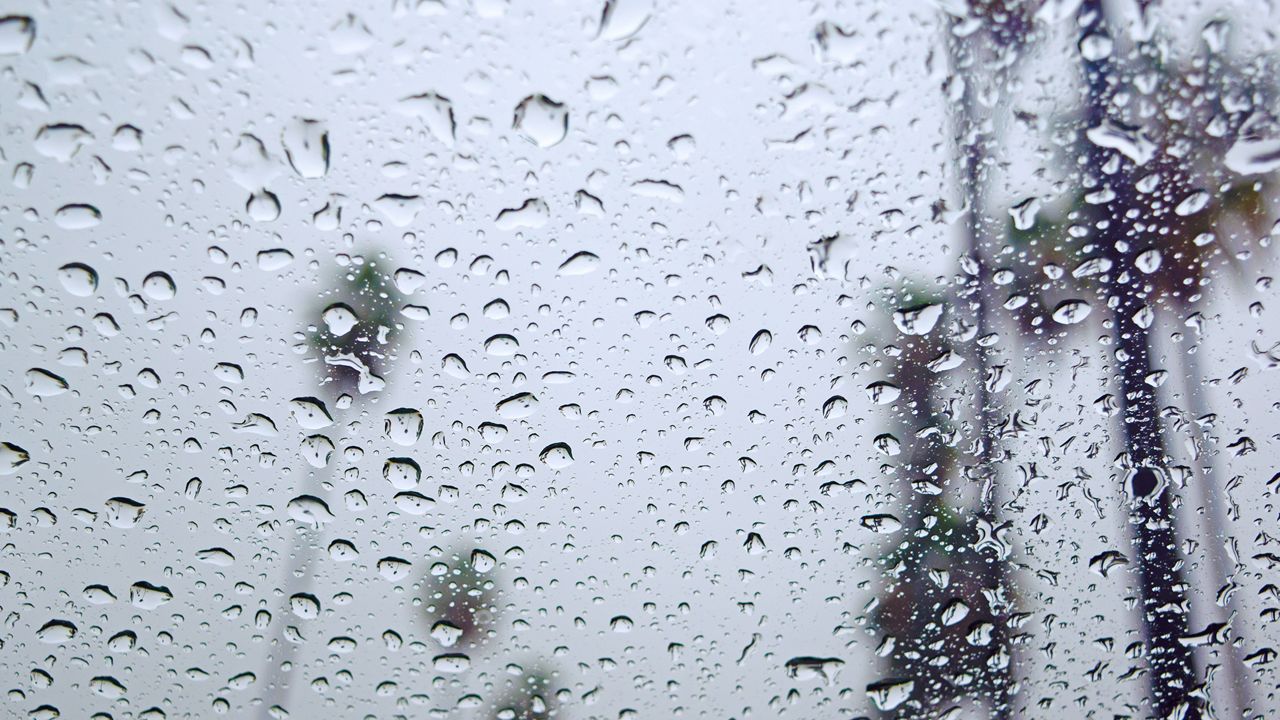
Whether that fear stems from germs in the rain, acid rain, flooding or even more significant dangers, even a light drizzle can trigger symptoms. Ombrophobes may totally avoid going outside if there is even the slightest chance of rain, whether it be a drizzle or a downpour.
Astraphobia (Fear of thunder and lightning)
The fear of thunder and lightning is more likely for children and pets, although adults can be astraphobes, as well. It’s one of the most common phobias, including non-weather related ones.
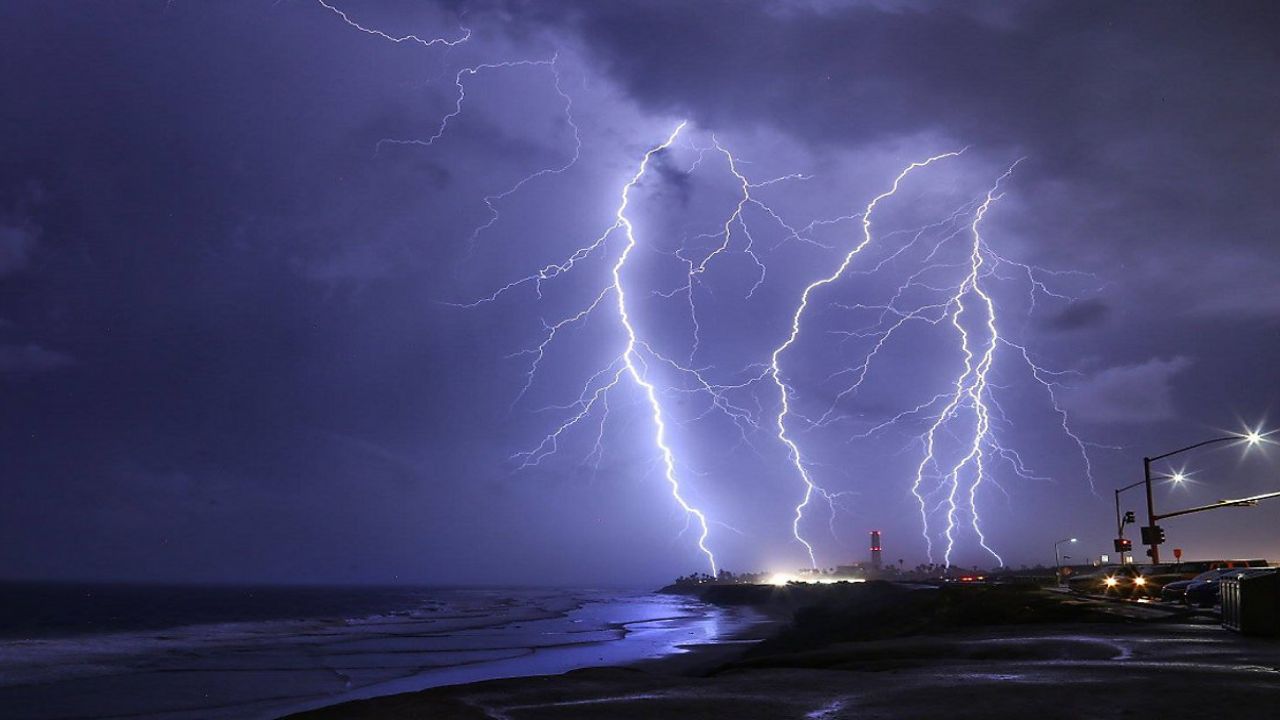
People with sensory processing disorders or weather-related trauma are likely to have a fear of storms. Storms can happen year round, but are most common during the summer.
The best way to deal with the fear of thunder and lightning is being in a safe place during a thunderstorm and finding distractions when the weather gets bad.
Lilapsophobia (Fear of tornadoes or hurricanes)
Adjacent to astraphobia, the fear of severe weather, including tornadoes and hurricanes, is known as lilapsophobia. It’s another phobia that can be brought on by previous traumatic experiences related to a hurricane or tornado, and is more common for children.
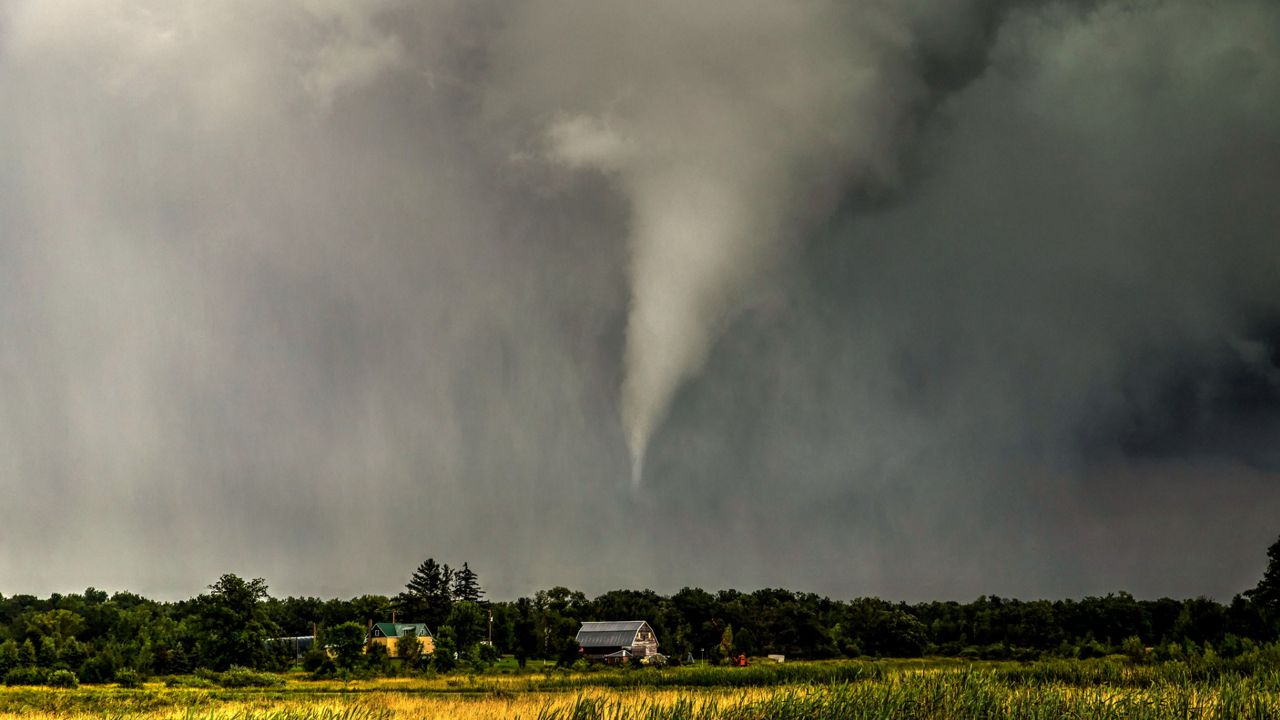
Lilapsophobes can spend a lot of time tracking the forecast if a hurricane is coming or storms have some severe tornado potential, and assume the worst of any normal rain shower or thunderstorm.
In popular culture, the main character in the 1996 film “Twister,” Dr. Jo Harding (Helen Hunt), suffers from lilapsophobia after witnessing her father die from a tornado as a child. To fight her phobia, she follows her father’s footsteps and becomes a storm chaser (spoiler alert).
Chionophobia (Fear of snow)
The fear of snow isn’t exclusive to southern drivers, but for chionophobes as well. These are people who could have had a traumatic experience with snow, whether it be a snowboarding or skiing accident, or maybe a traffic accident driving in wintry weather.
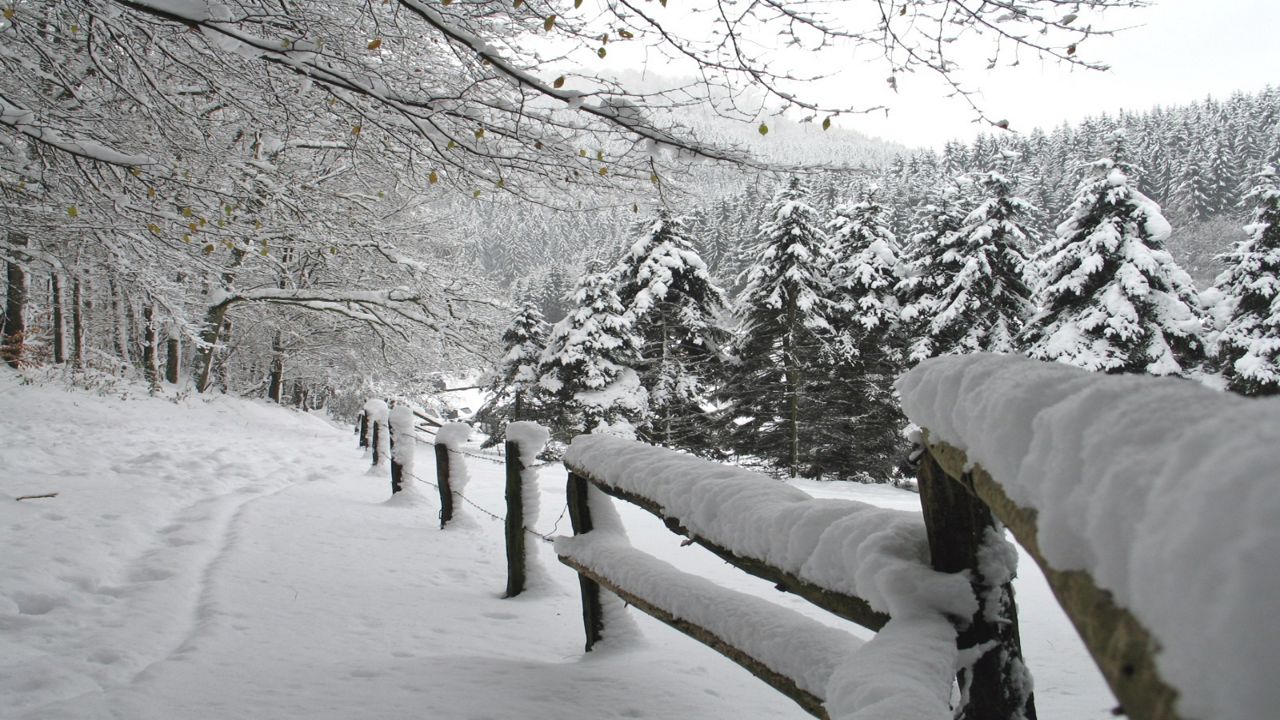
Someone who fears the snow and lives up north or in the mountains would likely try to stay indoors throughout the winter when it’s cold out or if there is a chance of snow, and keep the curtains closed during a snow shower.
A common fear of someone who suffers from chionophobia is getting buried in the snow or getting trapped in an avalanche.
Ancraophobia (Fear of wind)
Ancraphobia is the fear of wind, whether it is a light breeze or a gust front. This is a phobia that would keep somebody inside on days there is any type of wind outside.

Even something as simple as a wave crashing on a beach could remind someone of wind, making it a place to avoid. Traveling in mountains or higher elevations where winds are typically stronger is also a something an ancraophobe would steer clear of.
Nephophobia (Fear of clouds)
Have you ever laid outside in the grass, staring at the sky, trying to guess what the clouds look like? If so, you’re not a nephophobe. That is someone who has a fear of clouds.
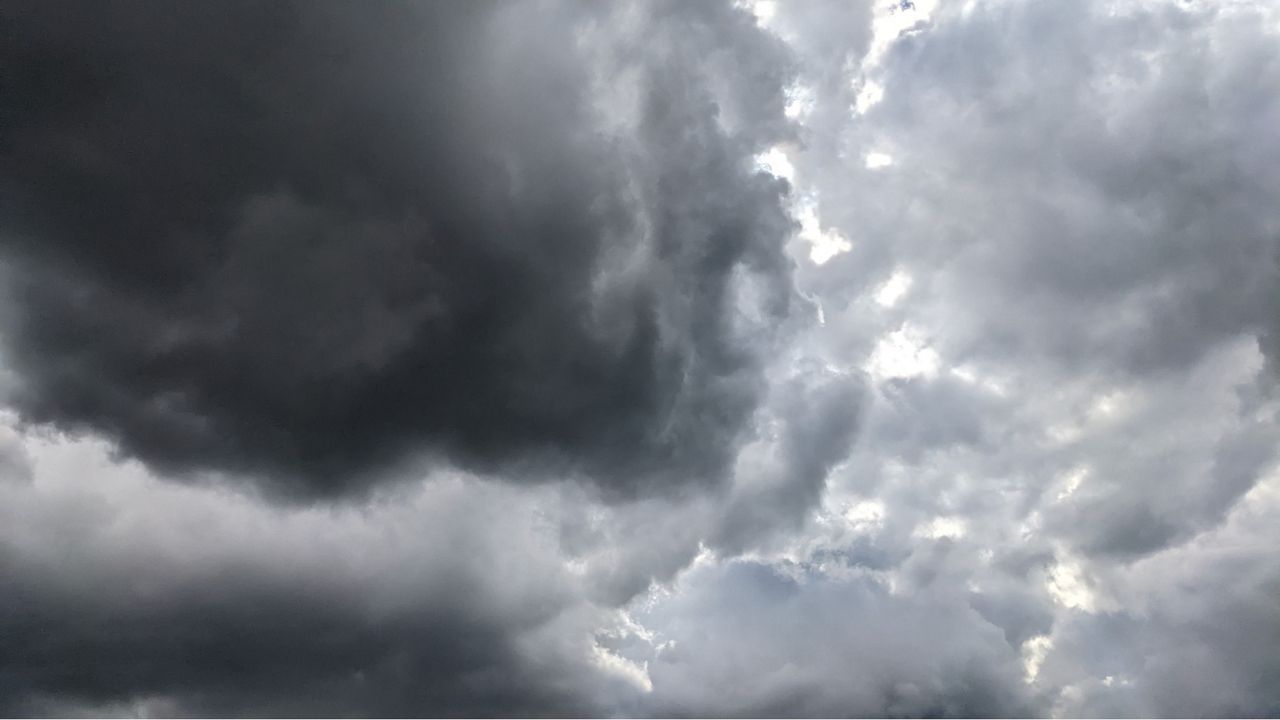
Clouds can take on many forms, whether it’s a thin and wispy cirrus cloud on a pleasant day, or a bubbling cumulus cloud with the top shooting up as high as you can see before a thunderstorm.
Nephophobia can cause someone to flee from the outside when they see clouds form in the sky, fearing something much worse is on the way. Being afraid of fair-weather clouds is much less common than storm clouds, which could be a harbinger of severe weather or a tornado.
Heliophobia (Fear of sunlight)
If you’ve ever seen someone covered from head to toe in clothes on a sunny summer day, or carrying an umbrella around for shade, it’s likely for protection from the sun.
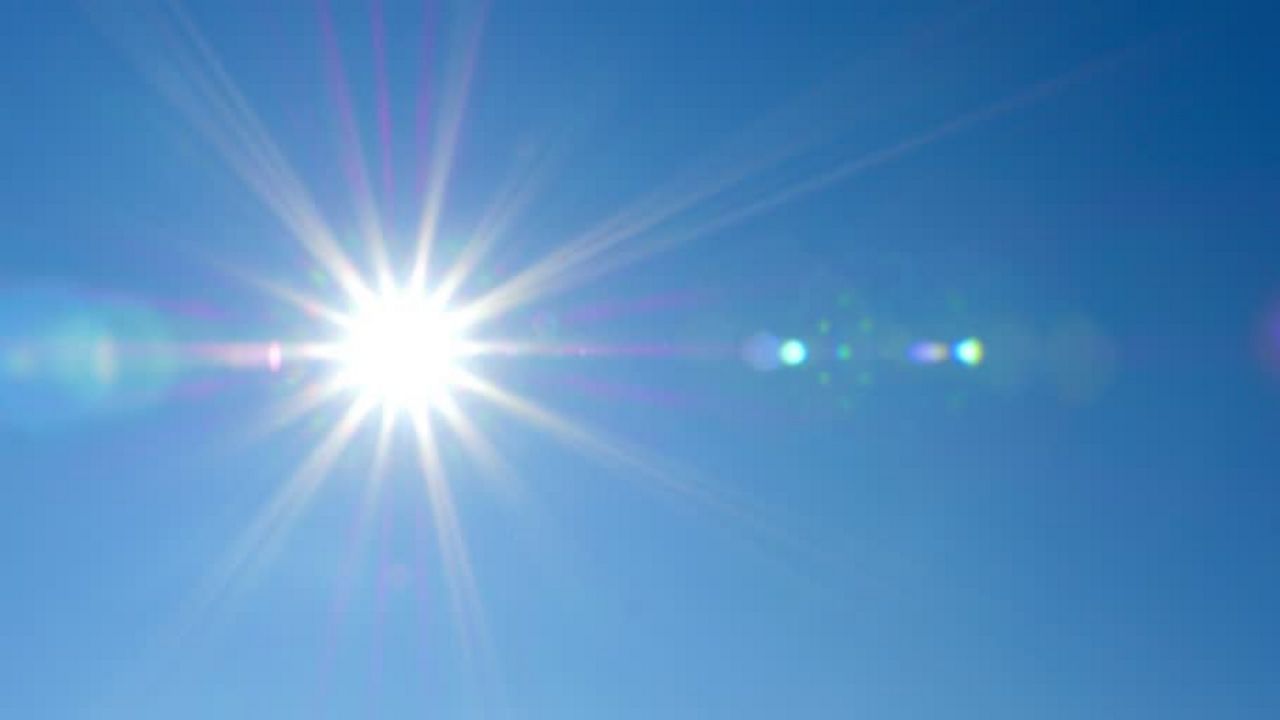
A heliophobe likely wouldn’t take the risk of any sun exposure, even with those protections. Not only sunlight, but a heliophobe is probably afraid of bright, indoor light as well.
Heliophobia can stem from the fear of getting skin cancer or aging quickly, since sunlight can lead to wrinkles.
Thermophobia (Fear of heat)
Thermophobia is another phobia not well suited for someone who lives in the desert or the South. It's the fear of heat. A thermophobe could have an extreme fear of getting a heat illness, such as heat stroke or heat exhaustion, or could excessively sweat.
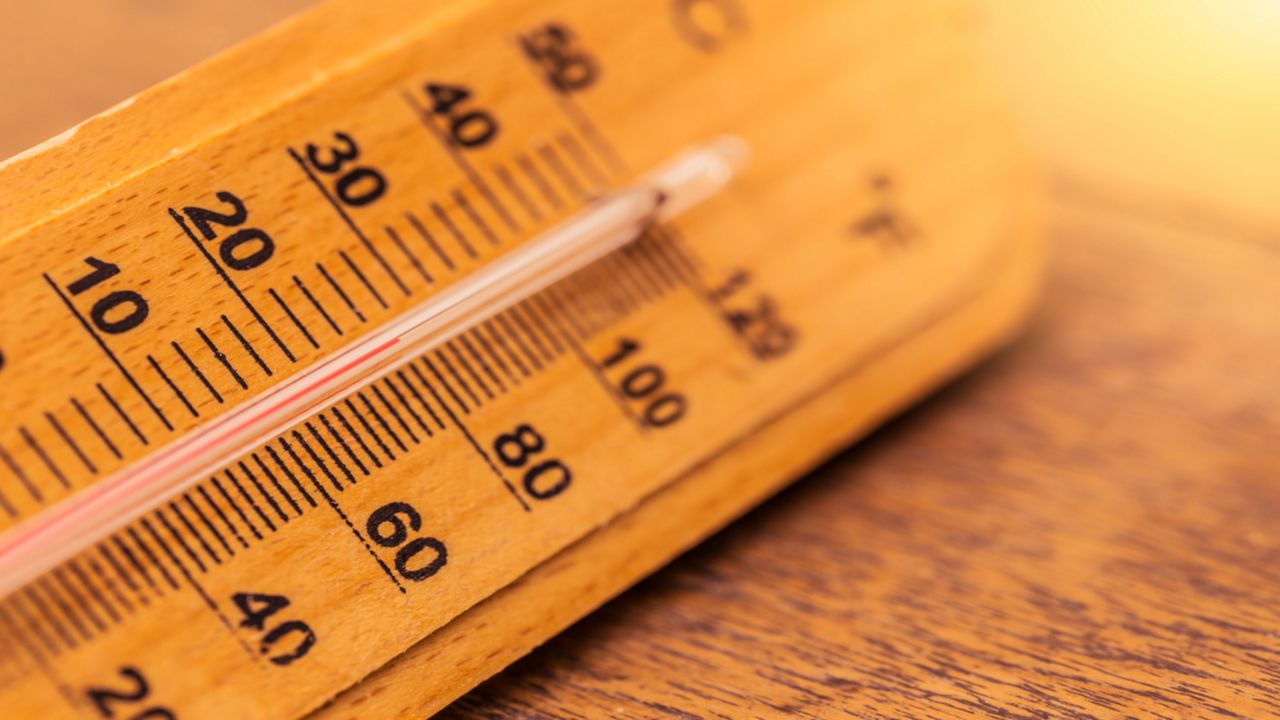
Nobody enjoys getting into their car on a hot day when it feels like the inside of an oven that can make you break a sweat in less than a minute. Not only does a thermophobe avoid hot air temperatures, but hot objects as well.
The best way to avoid the heat? Living in cooler climates or staying inside in a cooler environment with air conditioning.
There are even more weather-related phobias out there, including the fear of air, humidity, fog and more. You can see the complete list here.
If you're a weather lover, then you probably have your own "phile." Whether you love the snow or a thunderstorm, you can find that list here.
Our team of meteorologists dives deep into the science of weather and breaks down timely weather data and information. To view more weather and climate stories, check out our weather blogs section.
Reid Lybarger - Digital Weather Producer
Reid Lybarger is a Digital Weather Producer for Spectrum News. He graduated from Florida State University in 2015 with a Bachelor's of Science in Meteorology. He began his career in local TV news working across Mississippi, Louisiana and Florida for 7 years prior to joining Spectrum in 2022. He's excited for the opportunity to continue to inform the public about the latest weather news with Spectrum.




